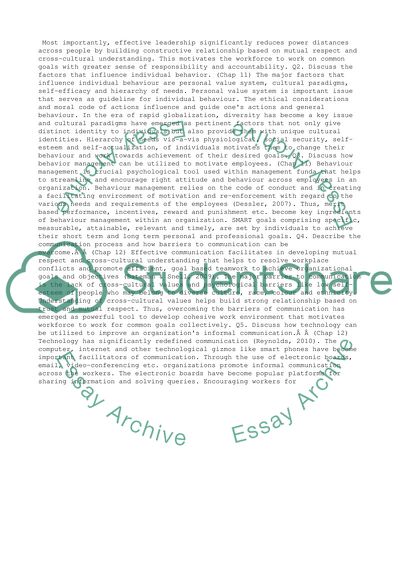Cite this document
(“Managing Public and Private Organizations Research Paper”, n.d.)
Managing Public and Private Organizations Research Paper. Retrieved from https://studentshare.org/management/1497642-managing-public-and-private-organizations
Managing Public and Private Organizations Research Paper. Retrieved from https://studentshare.org/management/1497642-managing-public-and-private-organizations
(Managing Public and Private Organizations Research Paper)
Managing Public and Private Organizations Research Paper. https://studentshare.org/management/1497642-managing-public-and-private-organizations.
Managing Public and Private Organizations Research Paper. https://studentshare.org/management/1497642-managing-public-and-private-organizations.
“Managing Public and Private Organizations Research Paper”, n.d. https://studentshare.org/management/1497642-managing-public-and-private-organizations.


